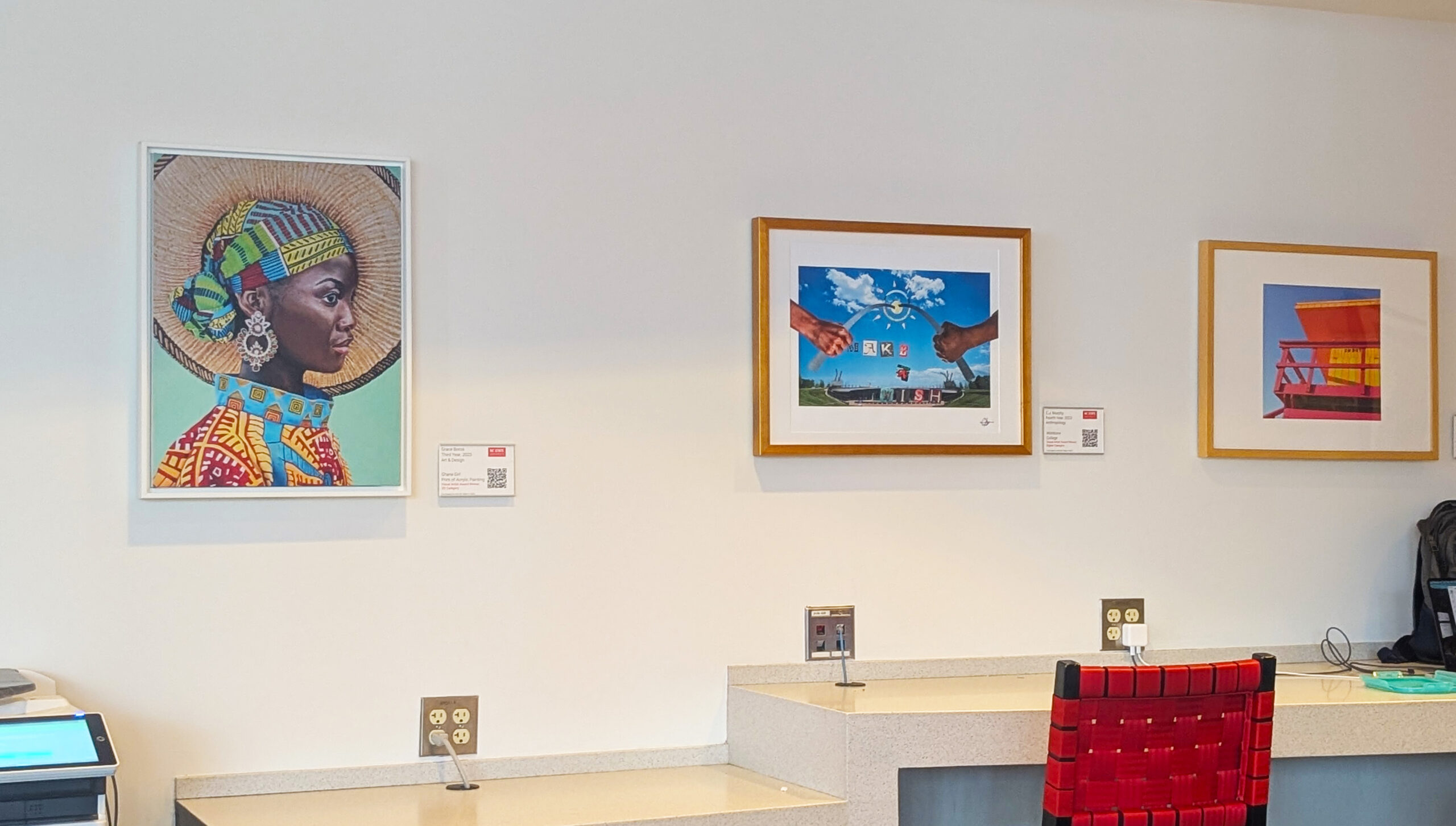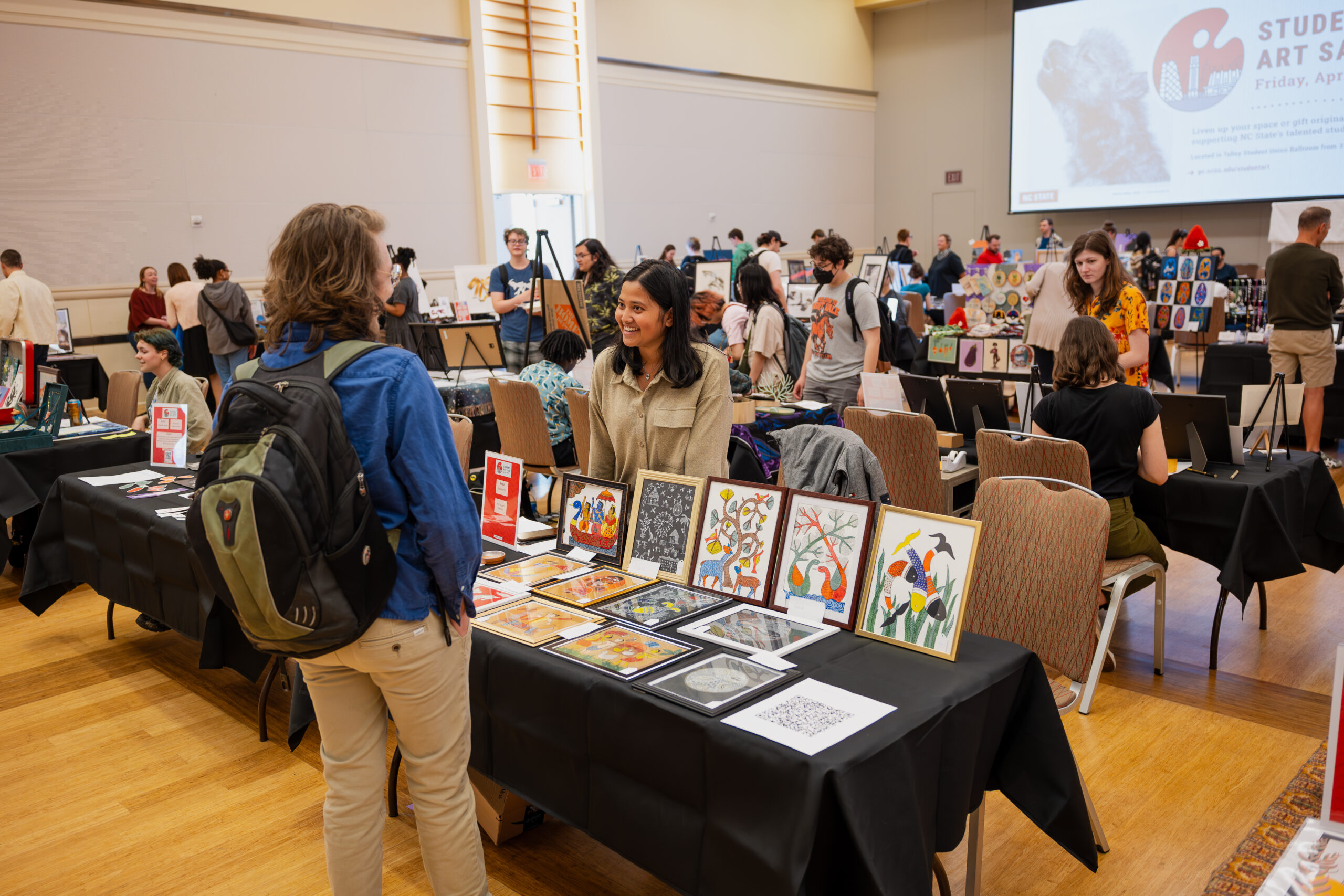Our Life in The Arts
Questions, reality, and musings on a life of joy and wonder
Vol. 3, No. 2
Jazz is Life
By Rich Holly
What is Jazz? And why is this post titled “Jazz is Life?”
As a starting definition, jazz is a music style that came into existence in the early 20th century, combining African-American musical traditions and evolved styles (blues, ragtime, etc.) with the instruments and some stylings of a military band, often adding a piano or banjo (later guitar) to the instrumentation. Stylistically, jazz features sections when the musicians are playing pre-determined melody notes and harmonies, and sections in which the players are improvising melodies over those harmonies.
Actual documentation of by whom and when jazz began is scant, and from the assorted readings I’ve done I believe dance entered the picture very soon after the style was developed (within minutes? Hours? Days?). Certainly by 1920 dancing to jazz was an extremely popular pastime, at least in the United States (but soon taking Europe by storm, as well).
There have been and are numerous visual artists who have been inspired by jazz music and dance, and some have also been jazz performers, such as Vernon Pratt. Andy Warhol, Aaron Douglas, Romare Bearden, and Jackson Pollock are but a few visual artists who were greatly influenced by jazz or painted settings depicting jazz performance.
In American theatre, jazz music and dance were arguably the primary drivers for the rise of what we call the Broadway Musical, and still influences that genre today. We can trace the beginnings of jazz merging with theatre to the early 1920s, and influential composers such as George Gershwin and Duke Ellington helped bring the artform to mass popularity within the next two decades.
And film! Such a great artform to combine jazz music, dance, visual art and theatre all in one. In addition to several films about jazz, jazz has been featured prominently in numerous films over many decades, including one of my favorites, the Abbott and Costello WWII-era film Buck Privates.
Check out this great jazz music and dance scene, featuring the Andrews Sisters, from that movie:
In terms of music lineage, without jazz there would be no Rhythm and Blues, and without Rhythm and Blues there would be no rock music.
And now to why I am saying “Jazz is Life.” First, a big “Thanks” to stellar musician Brad Ard for suggesting the title and subject of this post. And second, I have been involved with boards of directors and employee leaders for corporations and non-profit organizations helping them understand why learning about and embracing jazz will raise their passion and productivity to new levels.
Now that you have a good idea of the impact jazz has had on several art forms as well as human existence, I’ll provide you with several reasons why I believe jazz is life:
- It’s primarily a group activity (we all need community)
- Rehearsals are partly run by a leader and partly a series of negotiations (meetings, anyone?)
- Jazz is a language (do you know exactly the next 100 words you will say? No – you’ll be improvising based on words, phrases, and inflections you already know)
- Jazz reflects the wide range of human emotions (something schools and bosses never pay enough attention to)
- It employs frequent syncopated rhythms (much like our daily lives)
- Jazz often incorporates “call and response” between the players (like a good, supportive conversation)
- It allows the players to express themselves (also something not paid enough attention to in school and jobs)
- It harnesses, educates about, and celebrates diversity (how many other endeavors can honestly tout that?)
- Jazz relates the history (from trauma to joy) of the African-American experience (and don’t we all need to learn more about that?)
- To be proficient at jazz (music, dance, visual art, etc.) requires thousands of hours of dedication (that intense focus is what leads to excellence, something we need to see more of)
- As an audience member in a jazz club, it can excite all your senses (we all have several times each day during which at least one of our senses is not being used – how fun it is to use them all at the same time!)
Do you perform jazz music or dance? Does jazz influence your visual art or at least spur your creativity? Have you been a crew member or actor/singer/dancer in a musical? Have you worked on a film that includes jazz in some form? I’d love to hear from you if you fit any of these (or other similar) categories.
As an artist in any medium, what styles might you combine to create a new, lasting style? What can you create that, like jazz, speaks to the entire range of emotions and the human condition, or that helps educate about history? Do you practice improvisation with your particular art form? If not, why not?
Our lives are a combination of working alone, working together, working hard, and improvising with our language. Jazz is not only a reflection of life, it is life. Pass it on.
Rich Holly serves Arts NC State and the NC State University community as the Executive Director for the Arts.
All posts in the “Our Life in the Arts” series are available here.
* * * * *
- Categories:


